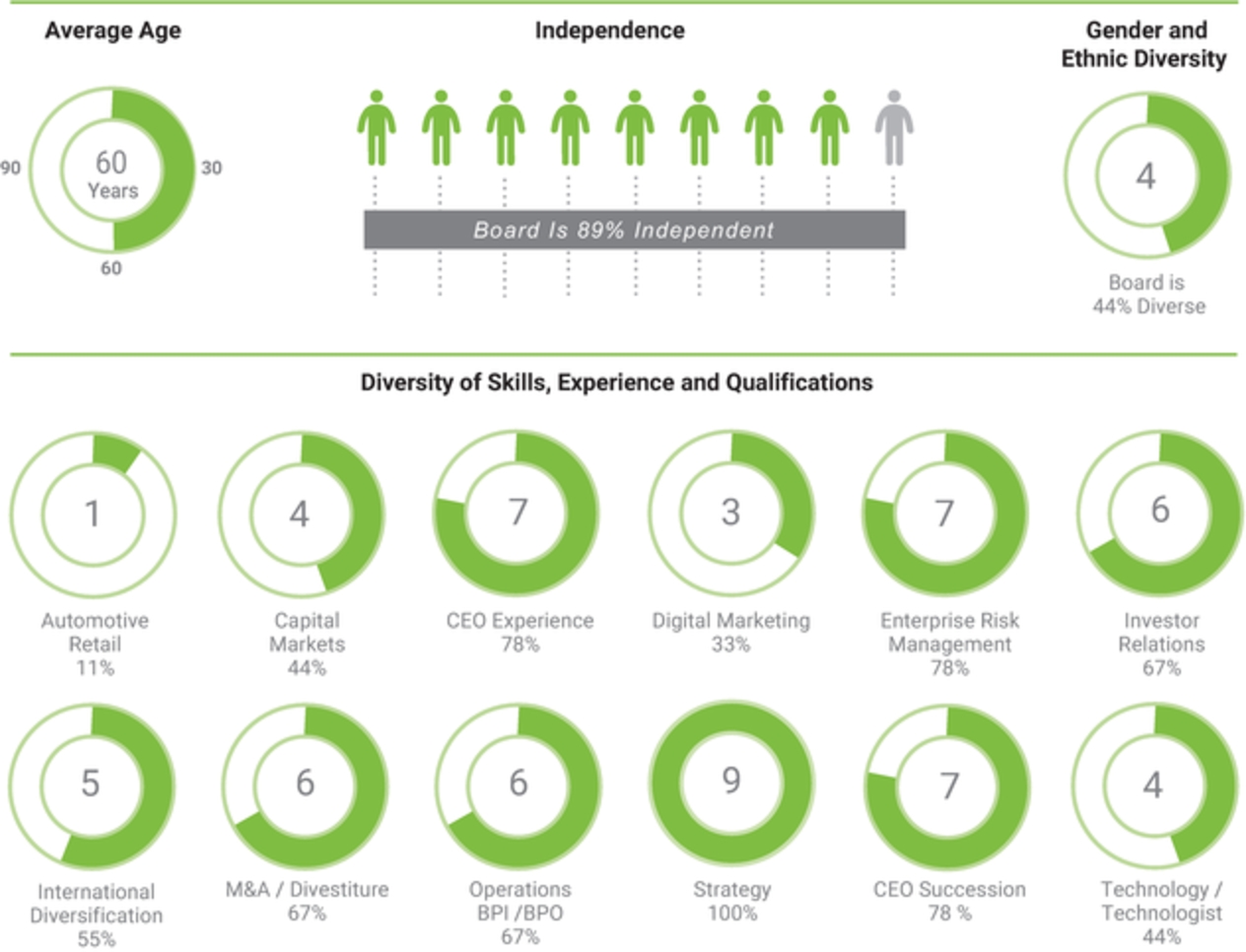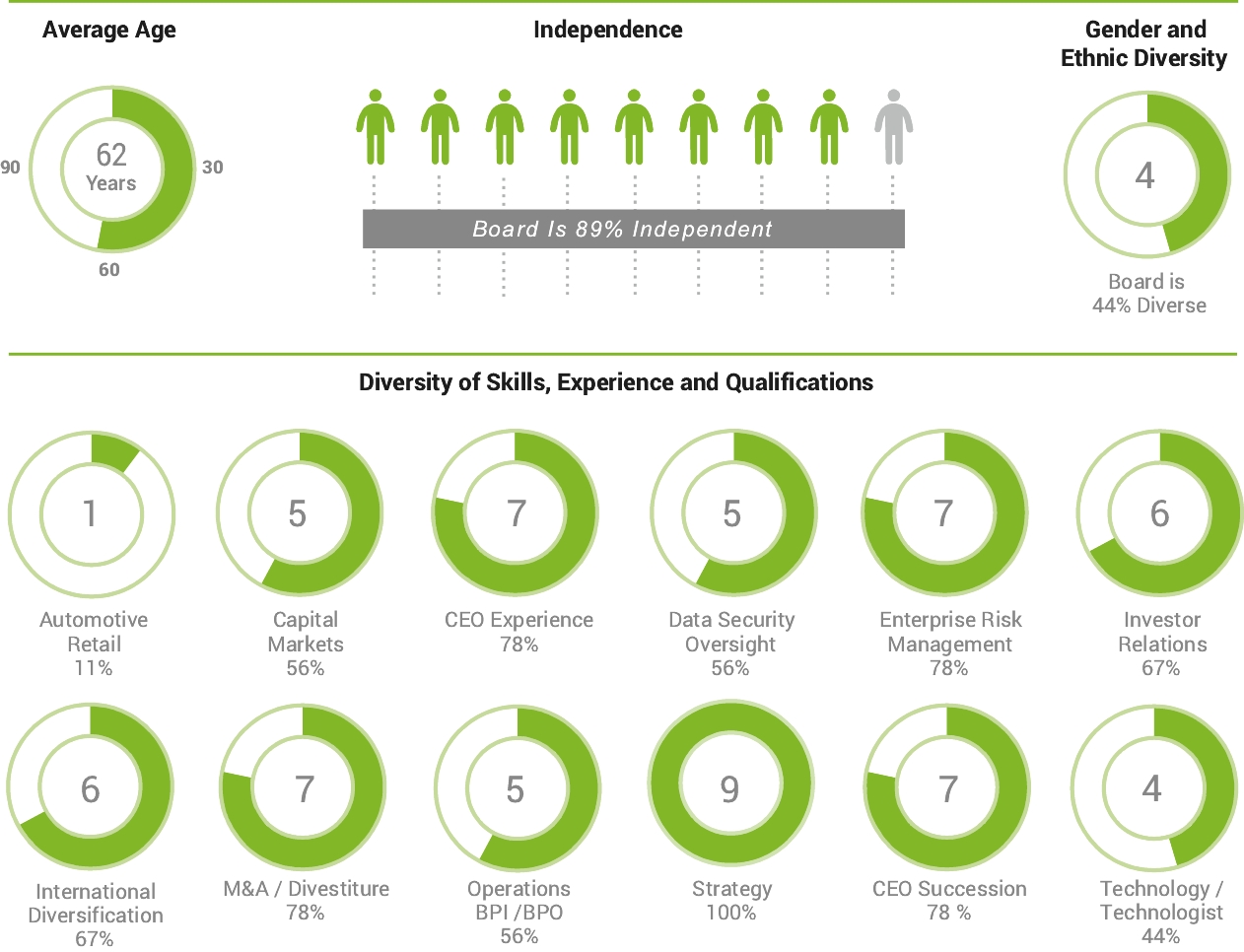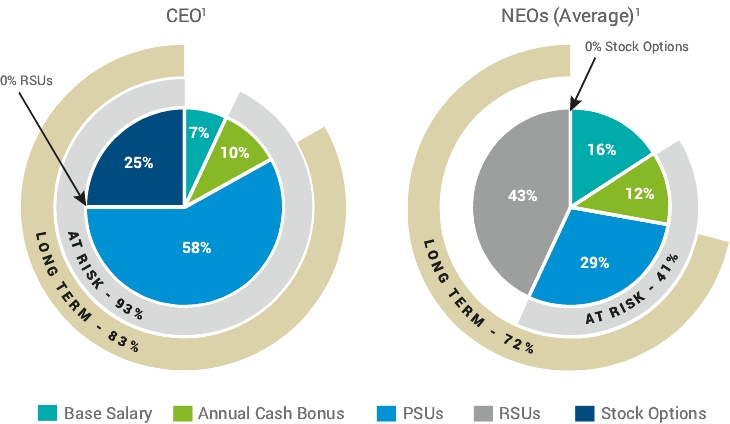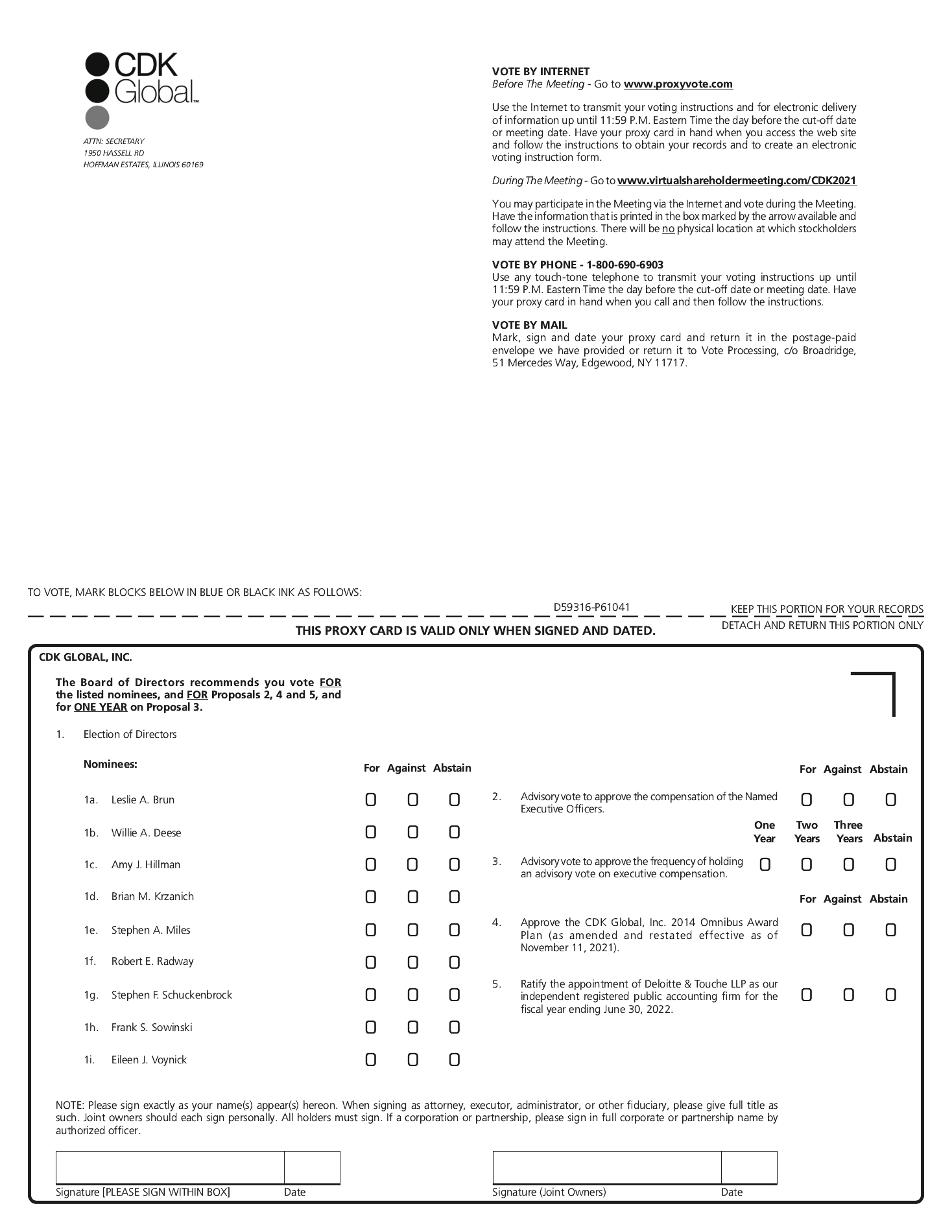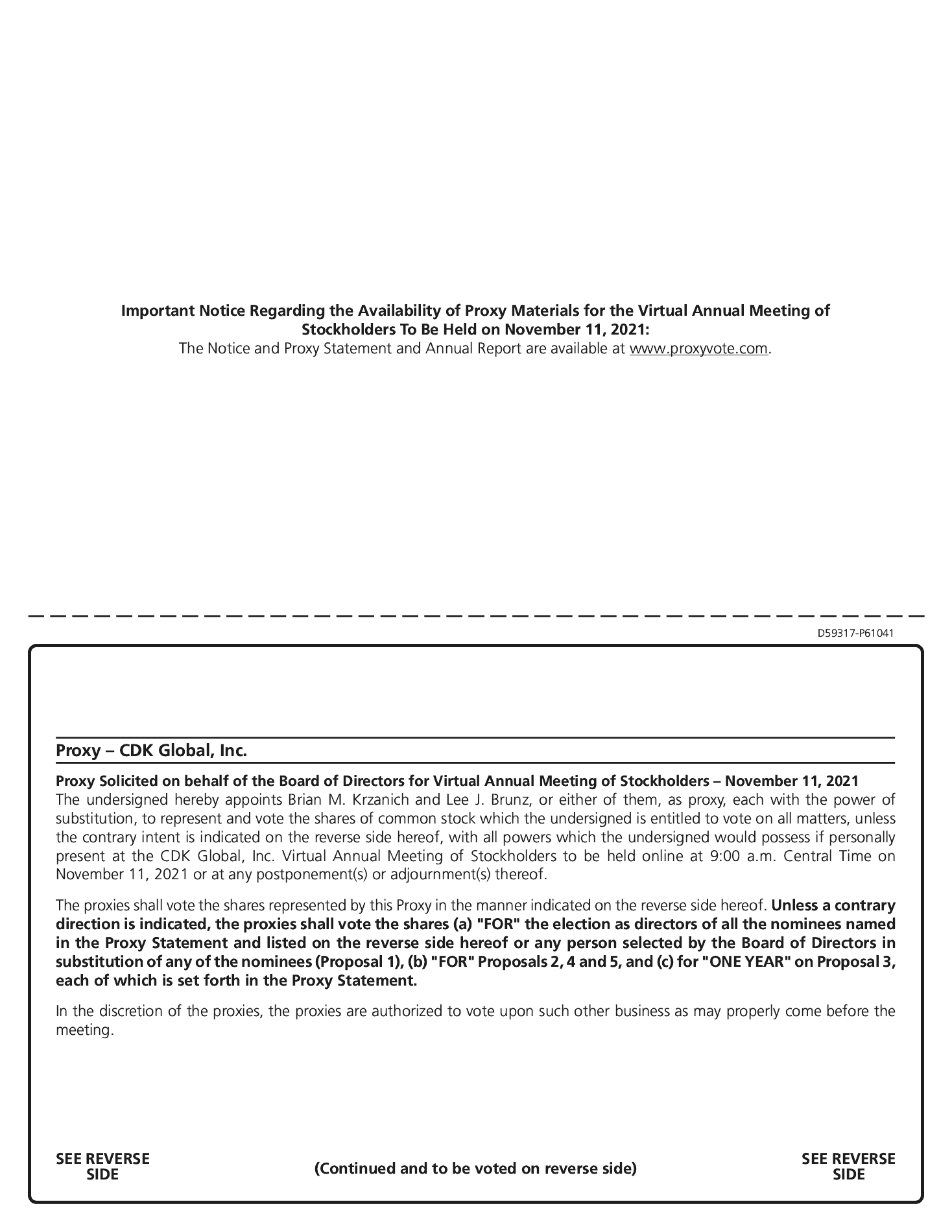Summary Description of the Restated 2014 Plan
The following is a summary of the material features of the Restated 2014 Plan.
Administration. The Restated 2014 Plan is administered by a committee (which we refer to as the “Committee”) approved by the Board (or, if no Committee has been appointed, by the Board). The compensation committee was appointed as the Committee and administers the Restated 2014 Plan. The Committee has the authority to determine the terms and conditions of any agreements evidencing any awards granted under the Restated 2014 Plan and to establish, amend, suspend, or waive any rules and regulations relating to the Restated 2014 Plan. The Committee has full discretion to administer and interpret the Restated 2014 Plan and to determine, among other things, the time or times at which the awards may be exercised or settled and whether and under what circumstances an award may be exercised or settled.
Eligibility. All of our employees, directors, officers, consultants, and advisors, and those of our affiliates, are eligible for awards under the Restated 2014 Plan. The Committee has the sole authority to determine who will be granted an award under the Restated 2014 Plan.
Number of Shares Authorized. Subject to changes in capitalization, the Restated 2014 Plan provides for an aggregate of 16,400,000 shares of our common stock that may be delivered pursuant to awards granted under the Restated 2014 Plan (such aggregate total, the “Absolute Share Limit”). The Absolute Share Limit reflects the total number of shares of our common stock that have been approved by stockholders for awards granted under the 2014 Plan since the 2014 Plan’s original approval though and including the current amendment and restatement as reflected in the Restated 2014 Plan. Subject to the share reuse rules described below, following the Effective Date, each share that is subject to an award granted under the Restated 2014 Plan will be counted against this limit as one share for every one share granted.
All of the shares of our common stock available for awards under the Restated 2014 Plan are available for incentive stock options. The maximum amount (based on the fair market value of shares of common stock on the date of grant) of awards and cash compensation that may be granted in any single fiscal year to any non-employee director is $900,000.
If any award granted under the Restated 2014 Plan expires, terminates, or is canceled or forfeited without being settled or exercised, or if a stock appreciation right is settled in cash or otherwise without the issuance of shares, shares of our common stock subject to such award will again be made available for future grant under the Restated 2014 Plan. In addition, if any shares are surrendered or tendered to pay the exercise price of an award or to satisfy withholding taxes owed, such shares will again be available for grant under the Restated 2014 Plan. If there is any change in our corporate capitalization, the Committee in its sole discretion may make substitutions or adjustments to the number of shares reserved for issuance under the Restated 2014 Plan, the number of shares covered by awards then outstanding under the Restated 2014 Plan, the limitations on awards under the Restated 2014 Plan, the exercise price of outstanding stock options, the strike price of outstanding SARs, and such other substitution or adjustments as it may determine to be equitable. In the case of any “equity restructuring” (within the meaning of the Financial Accounting Standards Board ASC Topic 718), the Committee will make an equitable or proportionate adjustment to outstanding awards to reflect such equity restructuring.
The closing price of the Company’s common stock on the NASDAQ Global Select Market on September 13, 2021, was $42.90 per share.
The Restated 2014 Plan has a term of ten years from the date it is approved by our stockholders (i.e., ending November 11, 2031), and no further awards may be granted after that date.
Awards Available for Grant. The Committee may grant awards of nonqualified stock options, incentive (qualified) stock options, SARs, restricted stock awards, RSUs, other stock-based awards, or any combination of the foregoing.
Options. The Committee is authorized to grant stock options to purchase shares of our common stock that are either “qualified,” meaning they are intended to satisfy the requirements of Section 422 of the Code for incentive stock options, or “nonqualified,” meaning they are not intended to satisfy the requirements of Section 422 of the Code. Options granted under our Restated 2014 Plan will be subject to the terms and conditions established by the Committee. Under the terms of the Restated 2014 Plan, the exercise price of the stock options will not be less than




















